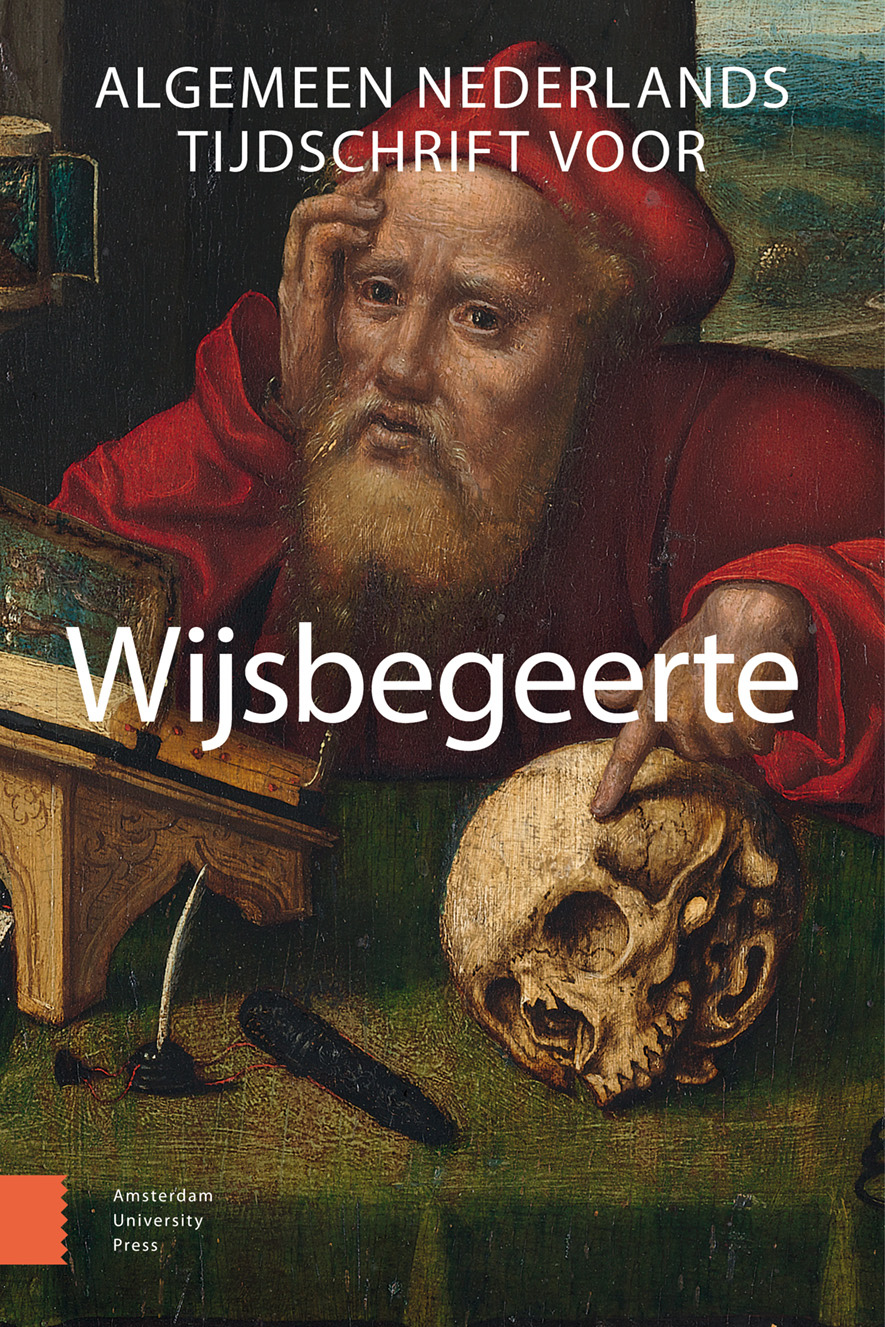-
oa Hoe Galileo Galilei de valwet ontdekte, en het verschil dat dit maakt
- Amsterdam University Press
- Source: Algemeen Nederlands Tijdschrift voor Wijsbegeerte, Volume 113, Issue 1, Feb 2021, p. 81 - 105
-
- 01 Feb 2021
Abstract
Abstract
How Galileo Galilei discovered the law of fall, and the difference that this makes
Galileo’s law of fall is one of the crucial building blocks of classical mechanics. The question how this law was discovered has often been a topic of debate. This article offers a reconstruction of the developments within Galileo’s research that led to the discovery of the law. This reconstruction is offered to make a philosophical point regarding the epistemic status of experimental results: Galileo’s experiments can offer sufficient justification for the acceptance of the law of fall only because of their place in a broad research programme.
© 2021 Amsterdam University Press


